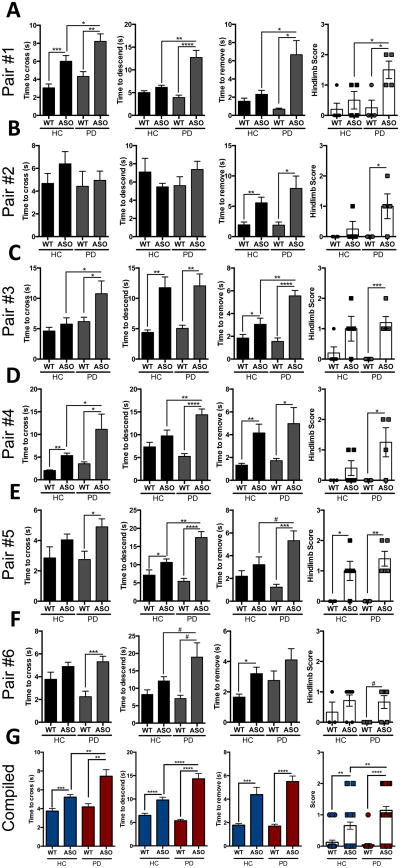Figure 7. Microbiota from PD patients induce increased αSyn-mediated motor deficits.
(A-F) Time to cross a beam, time to descend the pole, time to remove nasal adhesive, and hindlimb clasping reflex scores of mice humanized with microbiota from either PD patients or matched healthy controls
(G) Compilation of all independent cohorts in each motor task: beam traversal, pole descent, adhesive removal, and hindlimb clasping reflex score, grouped by health status of fecal donor
Animals were tested at 12-13 weeks of age. N=3-6, error bars represent the mean and standard error from 3 trials per animal. #0.05<p<0.1; *p ≤ 0.05; **p≤ 0.01; ***p≤ 0.001; ****p≤ 0.0001. HC=germ-free mice colonized with fecal microbes from healthy controls, PD=germ-free mice colonized with fecal microbes from Parkinson's disease patients, WT=wild-type, ASO=Thy1-α-synuclein genotype. See also Figure S7 and Table S1.

